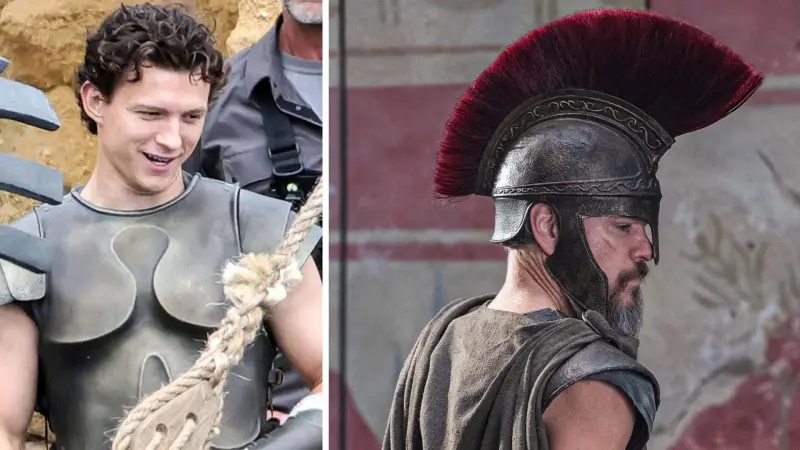Ancient Ruins with a Hidden Message
Visitors to the Acropolis in Athens often notice an intriguing architectural detail—marble column fragments embedded within its defensive walls. These columns are not random decorations but silent witnesses to a pivotal chapter in ancient Greek history, symbolizing both destruction and renewal.
The Lost Temple: The Pre-Parthenon’s Tragic Fate
In the early 5th century BCE, the Athenians embarked on the construction of a grand temple dedicated to their patron goddess, Athena. This unfinished temple, known as the Pre-Parthenon, was intended to be a monumental expression of Athenian devotion and architectural ambition. However, in 480 BCE, during the Persian Wars, the invading Persian army ravaged Athens, setting fire to the city and demolishing the sacred structures atop the Acropolis, including the partially built Pre-Parthenon.
A Creative Response to Devastation
Rather than discard the ruins of their destroyed temple, the Athenians made a striking decision. They repurposed the remnants of the Pre-Parthenon—columns, blocks, and other architectural elements—as building materials for fortifying the Acropolis. These fragments were integrated into the newly constructed defensive walls, serving both a practical and symbolic purpose. The Athenians not only strengthened their fortifications with readily available materials but also transformed their destroyed heritage into a permanent testament to their resilience. The walls became a reminder of the devastation wrought by the Persians and the unwavering spirit of the Athenian people.
A Lasting Symbol of Athens' Endurance
Today, these embedded columns stand as an enduring monument to Athens’ rich history. They connect the past with the present, offering a tangible link to the city’s ability to overcome adversity. Visitors who walk around the Acropolis can still see these ancient stones, which whisper the story of a city that rose from destruction to become one of the greatest cultural centers of antiquity. The repurposed ruins are not just remnants of a lost temple but powerful symbols of survival, ingenuity, and the enduring legacy of classical Athens.







